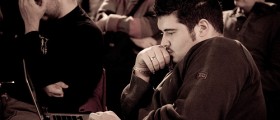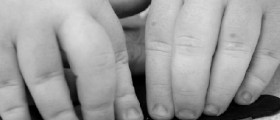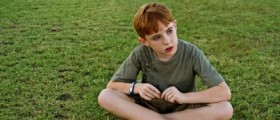Dyspraxia or developmental coordination disorder is the problem associated with organizational skills and their development in a person. This problem affects about 2% of world population and men are known to be more prone to this disorder than women. People suffering from dyspraxia may have trouble performing simple movements such as tying shoe laces, combing the hair or even brushing the teeth. Dyspraxia is also known to cause problems with movements of the eye and hands.
In most cases, dyspraxia can be noticed in very young children. Babies suffering from this disorder may not be able to crawl or roll on the floor and there are speech disorders, walking problems and even difficulty holding anything in the hands. All problems noticed in people suffering from this disorder are related to movements and muscle coordination.
Dyspraxia cannot be cured but there are several treatment options available for every patient suffering from this disorder, including some perceptual motor training, verbal treatments and occupational therapy. Children with dyspraxia need love and support, both at school and at home. Treatments for dyspraxia are usually designed to help the child cope with his/her problems and learn how to ease everyday movements.
Perceptual Motor Training
This training has proven to be efficient for patients suffering from dyspraxia. It usually includes different trainings, such as language and movement trainings, as well as training of some visual and auditory impairments children may have. There are lots of different exercises and children will be able to practice and implement such exercises in their everyday life.
Verbal Treatment for Dyspraxia
Since this disorder may also affect speech and language it is very important to overcome these problems. Sometimes, patients’ muscles are impaired because of their condition and they cannot speak properly because of needed muscle coordination. Verbal treatment for dyspraxia, therefore, involves diagnosis and professional treatment measures to help patients improve their speech and language. Patients usually exercise movements of the tongue and lips, practicing and trying to produce certain sounds. Some people may need breathing exercises to learn how to control the breathing. Practice and exercises will eventually improve verbal impairments dyspraxia patients are suffering from.Occupational Therapy
Occupational therapists may also help the child suffering from dyspraxia, identifying and helping him/her to overcome some everyday problems. These children frequently have trouble with certain activities, so occupational therapists will try to make several steps of that activity. The child will be able to practice each step and finally to overcome what was once very hard or completely impossible to perform.

















Your thoughts on this
Loading...